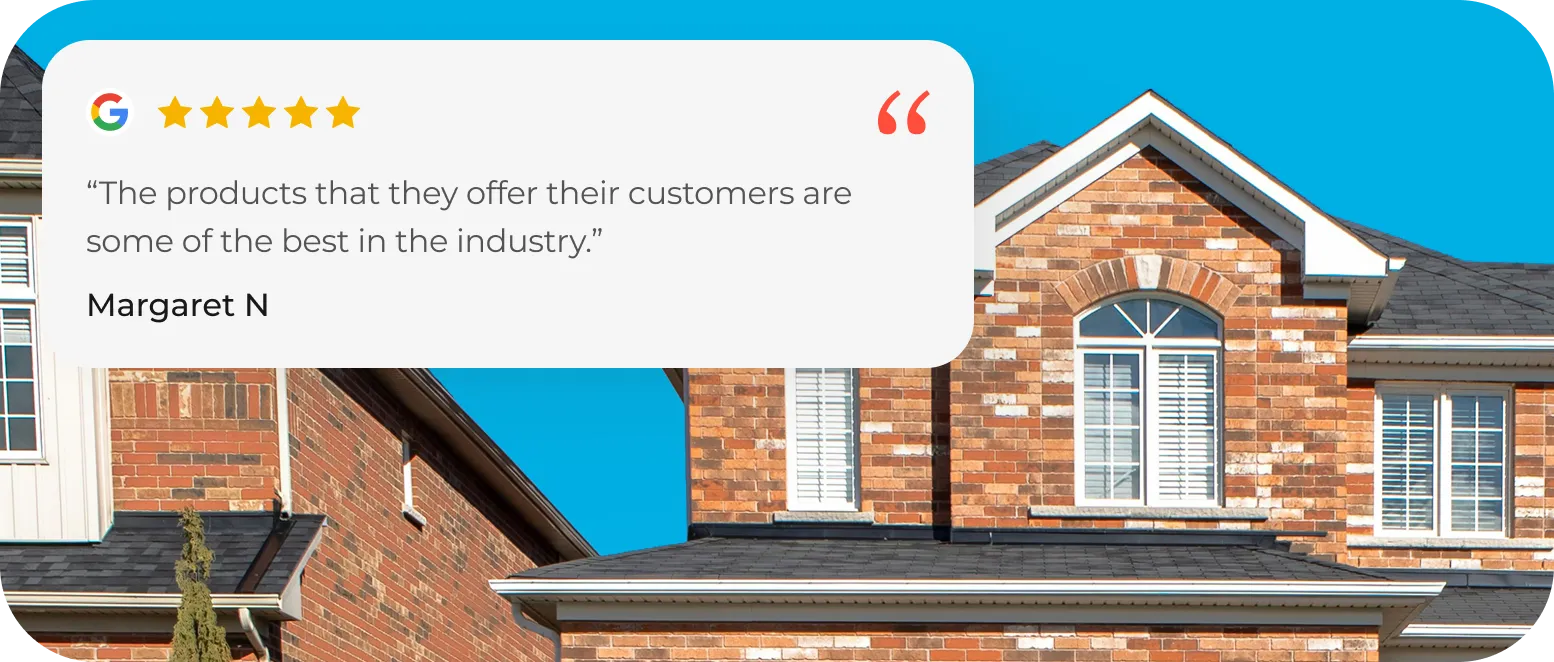Multi Family Unit Investment Loans
.webp)
Invest With DSCR
DSCR loans for Multi-Family Units is our innovative loan product and MFUs represent an innovative opportunity to generate additional income from a single real estate investment. If you’re an investor who wants to take an active role in growing your capital, multi-family unit rentals are a great investment vehicle to build that income-producing portfolio.
.webp)
Multi-Family Units
A multi-family property, or multi-dwelling unit (MDU), is a residential building with more than one rentable space. The most common examples are duplexes, triplexes, quadplexes and types of condos. Multi-family investments allow for the acquirement of multiple properties within one building and are the epitome of scalability. They are the perfect wealth-building tool for those looking to expand their real estate investment portfolio; they compound returns quickly, are generally easier to finance and tend to benefit from economies of scale.
One compelling advantage of MFUs is the larger pool of tenants; and having more units to work with makes it easier for investors to earn their investment back quickly. Another underlying benefit of multi-family properties is there’s less risk involved. Unlike SFRs, where income is lost when vacant, MFUs are comprised of several units which alleviates the total economic loss. A perk for investors who prefer to be less involved in the management of their rental properties is the ability to take advantage of property management services; a multi-family rental typically generates enough income to afford their owners this luxury without significantly cutting into their margins. More income equates to higher value; since MFUs consist of numerous units, translating to multiple streams of income, these properties are generally valued higher than single-family properties, dependent on comparable sales as rentals.

Get an Estimate
Multi-Family Units
Frequently Asked Questions
Multi-family properties are residential buildings with 2-4 separate dwelling units, including duplexes (2), triplexes (3), and fourplexes (4). Each unit has its own entrance, kitchen, bathroom, and living spaces, and can be rented independently. Properties with 5 or more units are classified as commercial multi-family or apartment buildings and require different financing. Multi-family (2-4) can be financed with residential loan programs, making them more accessible to individual investors. These properties offer diversification since multiple tenants generate income, reducing risk compared to a single-family property with one tenant.
Multi-family investment properties typically require down payments of 25-30%, slightly higher than single-family properties' 20-25%. The larger down payment reflects the perceived higher risk and complexity of multi-family properties. However, the exact requirement varies by lender, loan program, and your qualifications. Borrowers with excellent credit scores (740+), strong cash reserves (6-12 months), and properties with high DSCR ratios may qualify with 25% down. First-time investors or those with lower credit scores may need 30% or more. Some lenders offer better terms for purchasing a smaller multi-family property (duplex) compared to a larger fourplex.
For multi-family properties, lenders calculate total rental income by adding the rent from all units. If the property is rented, they'll use existing lease agreements. For vacant units or new purchases, they'll use the appraised market rent. The total monthly rental income is divided by the total monthly debt obligation (mortgage payment, taxes, insurance, HOA fees) to determine the DSCR. Some lenders may apply a vacancy factor, using 75-80% of total rental income to account for turnover. Having multiple units typically works in your favor since the combined income results in a stronger DSCR ratio, and lenders recognize that vacancy risk is distributed across multiple tenants.
Multi-family DSCR loans are for fully non-owner occupied investment properties. However, some lenders offer different products if you plan to owner-occupy one unit. If you'll live in one, you typically apply for an owner-occupied multi-family loan, which is a different product with its own requirements, often lower down payments (3.5-15%) but requiring personal income verification. For pure DSCR loans where you're not occupying any unit, all must be rented to generate the income for qualification. The property should be treated as an investment. If you want to house-hack (live in one while renting others), discuss owner-occupied options instead.
Yes, multi-family investment properties require more comprehensive insurance than single-family ones. You'll need a landlord or rental dwelling policy covering the entire building, all units, and common areas, including property coverage, liability protection, and loss of rental income. The limits must cover the full replacement cost of the building. Many lenders require an umbrella liability policy, especially for 3-4 unit properties, with coverage of at least $1-2 million. Additional coverage may be needed for those with common areas. Insurance costs for multi-family properties are higher than single-family homes, so factor this into your DSCR calculations and cash flow projections.
.png)




.svg)